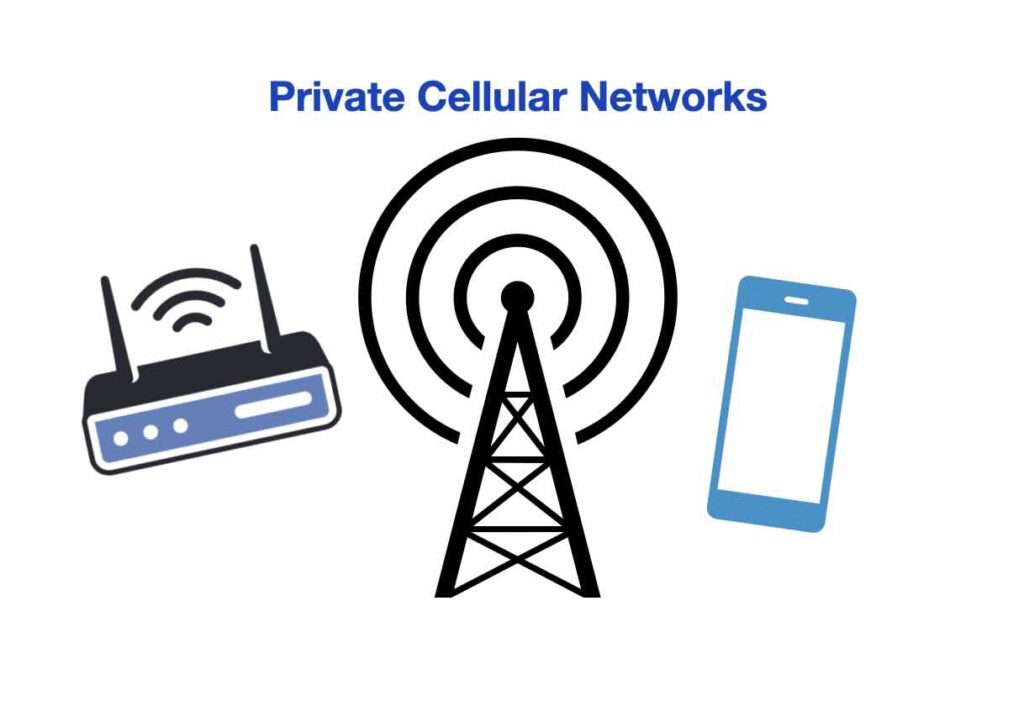Private cellular networks began as an alternative to traditional public cellular and WiFi networks. With the advent of 4G LTE and 5G, enterprises sought a solution that provided more control, security, and performance. By utilizing cellular technology to establish localized, on-premises networks, businesses could create a dedicated system tailored to their needs. The Federal Communications […]
Tag: CBRS
The Rise of Private Cellular Networking and the Transition from WiFi
Did you know that according to the Global mobile Suppliers Association (GSA), as of February 2023 there are at least 1077 organizations in 74 countries that have deployed LTE or 5G private cellular networks? This includes the National Football League (NFL), which tested private cellular networks during five games in 2022. The success of this […]
Digi TX40
The need for reliable, high-speed internet on the go has become paramount. Enter the Digi TX40, a cutting-edge router that not only fulfills these requirements but also raises the bar for in-vehicle networking solutions. With a plethora of features tailored to meet the demands of modern businesses and government agencies, this device proves to be […]
CBRS: Revolutionizing Wireless Communication with Shared Spectrum
In the ever-evolving world of wireless communication, the demand for faster, more reliable, and ubiquitous connectivity continues to rise. To address this need, the Citizens Broadband Radio Service (CBRS) has emerged as a private networking solution. It leverages shared spectrum to optimize wireless networks and empower various industries. This article delves into the CBRS framework, […]
What is the Newest Router from Sierra Wireless?
Introducing the new Sierra Wireless RX55! This small, rugged cellular router is perfect for industrial applications and in harsh environments. It has a MIL-STD-810G rating for shock, vibration, thermal shock, and humidity. It also includes a vehicle grade power supply and is Class I Div2 certified. Models come with a Cat 7 LTE-A modem, which […]


